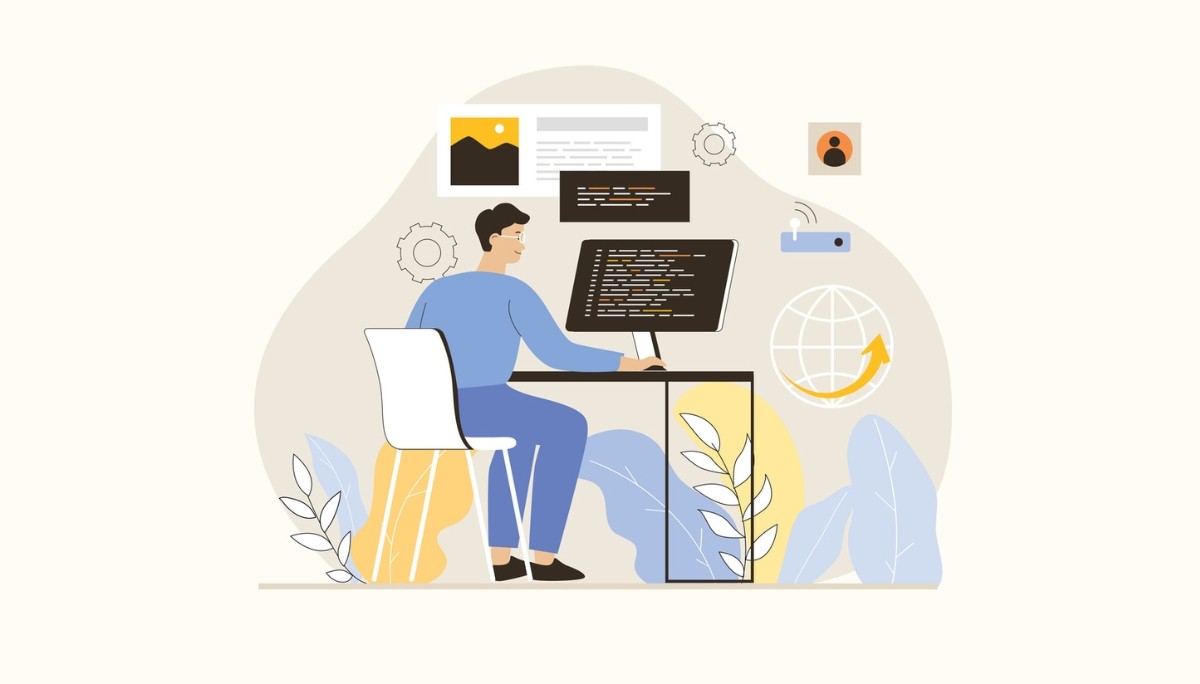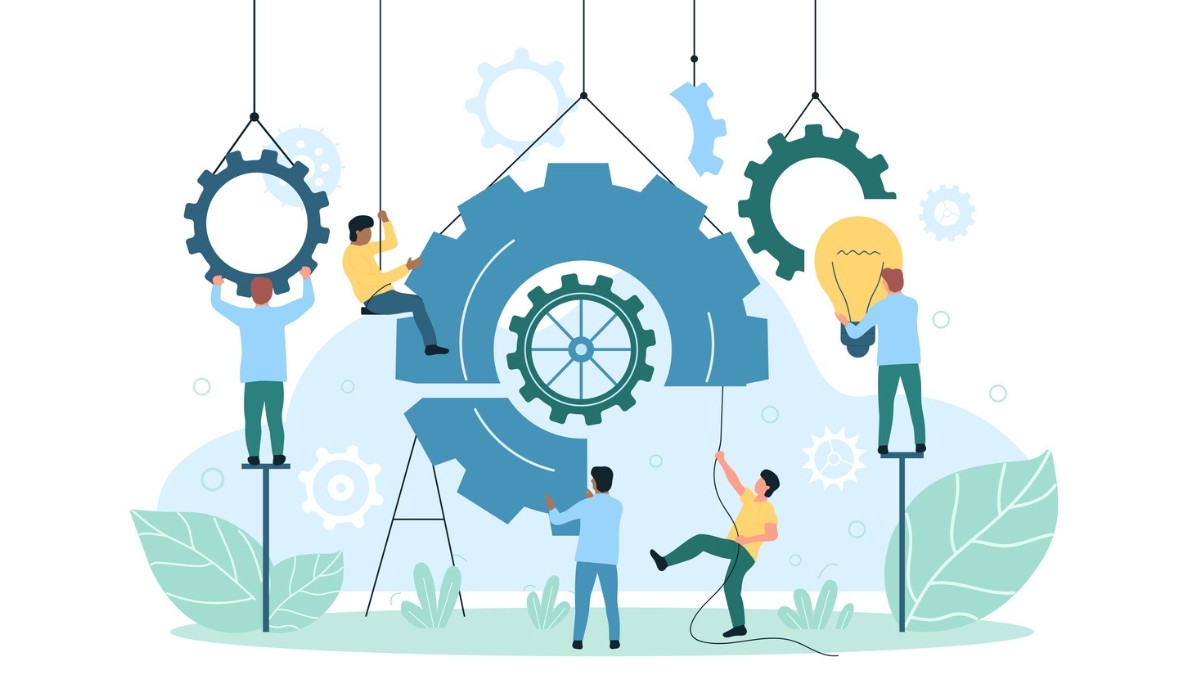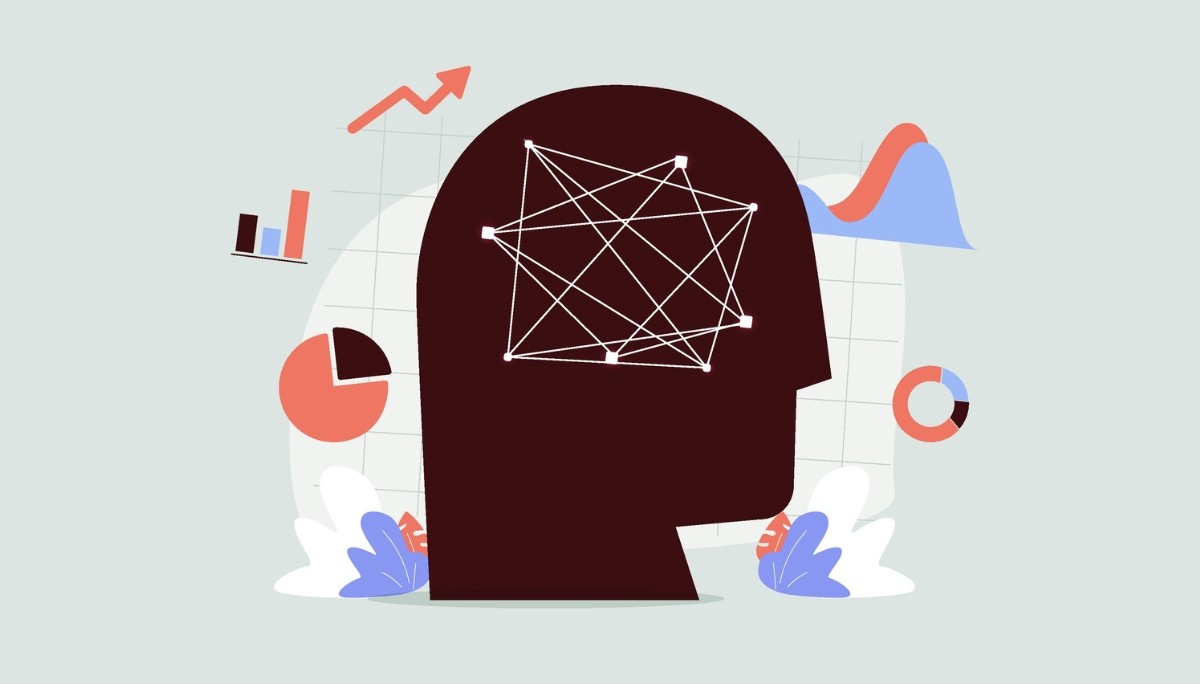The Best Tips on What to Wear to an Interview
By
Samantha Cox
•
May 1, 2025
What you wear to an interview isn’t just about style; it’s strategy. Before you even introduce yourself, your outfit sends a message about how seriously you take the role. Whether you're stepping into a corporate office or a startup's co-working space, the right look helps you stand out for the right reasons.
In this blog, we’ll talk about what not to wear to an interview, how to dress with purpose, align with company culture, and show up as the most polished, professional version of yourself. Because when it comes to finding a new job, every detail counts, including what you’re wearing.
Key Takeaways
Dressing appropriately for an interview enhances your professional image and boosts your confidence, showing you understand the company culture.
Researching the company’s dress code is crucial; it helps you avoid dressing too casually and ensures you’re aligned with the company’s expectations.
Choosing the right outfit, incorporating neutral colors, and avoiding common mistakes like ill-fitting clothes or distracting accessories can make a significant impact on your interview success.
Importance of Knowing What to Wear to an Interview

Choosing what to wear to an interview or what not to wear to an interview is a key part of your job search strategy. The right outfit not only boosts your confidence but also enhances your professional image. Consider factors like the company’s dress code, the role you’re applying for, and the interview setting when selecting your attire.
Wearing an outfit that aligns with the company’s culture and the job’s expectations shows you’ve put in the effort and understand what’s appropriate. A well-chosen outfit can make a powerful first impression and set the tone for a successful interview.
Making a Good Impression
First impressions are made in seconds, so what you wear to an interview matters. The right outfit helps you feel comfortable and confident, signaling professionalism and showing you’ve made an effort to align with the company’s expectations.
Adding tasteful accessories can also help express your personality, while proper footwear reinforces your professionalism. On the other hand, choosing the wrong outfit can create negative assumptions about your fit for the role, which could hurt your chances. Dressing thoughtfully sets the tone for a positive interaction and gives you a better shot at success.
Dressing for Confidence
The right outfit can greatly enhance your confidence and performance during an interview. Dressing appropriately sets a professional tone and ensures a positive first impression.
Whether you opt for business professional or business casual, your attire plays a key role in making a lasting impact and showing you're ready to take on the challenges of the interview.
Researching the Dress Code

Before choosing what to wear to an interview, research the company’s dress code. Your attire choice significantly influences employer perception. Reach out to current employees or ask the interviewer to gauge the expected dress code, tailoring your outfit to match expectations.
If you’ve never seen the company office, following general guidelines can help you select the right outfit. Researching the company’s dress code ensures that you don’t dress too casually, which can negatively impact your chances.
Considering the technology you’ll be using, especially for remote interviews, it is also essential to ensure your outfit looks appropriate both in-person and on-screen.
Understanding Company Culture
Understanding the company’s culture is key to choosing appropriate interview attire. Your presentation during a job interview can indicate your grasp of the company’s values.
Utilize the company’s website, employee photos, and social media to gauge the appropriate dress code. This research helps you select professional attire that aligns with the company’s expectations.
Dress Codes by Industry
Different industries have distinct attire expectations, so research dress codes specific to your field. For instance, in less formal industries, acceptable interview attire includes a nice blouse or shirt with dress pants and dress shoes. On the other hand, higher-level educational institution jobs typically require business professional clothing.
Choosing the Right Outfit

The right outfit is crucial for a positive impression. Clean, well-fitting, and weather-appropriate clothing enhances comfort and performance. Footwear reflects professionalism and attention to detail.
Look at employee photos on social media to gauge the expected dress style. Choose breathable materials like cotton or linen for hot weather interviews. Ensure garments are clean, wrinkle-free, and properly fitting for optimal presentation.
Business Professional Dress Code
For formal workplace interviews, business professional attire is typically required. This includes tailored suits, button-down shirts with ties, blouses, and dress shoes. In conservative settings, men might opt for Oxfords, while women could consider classic pumps. Neutral colors like gray, black, and blue are recommended.
Business Casual Wardrobe
Business casual attire offers a balance between professionalism and comfort. Appropriate items include khakis, chinos, relaxed slacks, dresses, skirts, polo shirts, blouses, button-down shirts, sports jackets, sweaters, and closed-toe shoes. When adapting your attire based on company culture, dress slightly down if the atmosphere is casual.
Smart Casual Options
Smart casual attire is ideal for creative roles, balancing professionalism and personal expression. For example, dark blue jeans paired with a collared shirt and a blazer can highlight a confident yet professional look. In creative industries, incorporating colors like dark green can convey qualities such as development and harmony.
What Colors to Wear

The colors you choose for your interview outfit can significantly influence how interviewers perceive your professionalism and competence. Solid colors are preferable for video interviews, as they are more visually appealing than busy patterns. Incorporating light colors during summer can help keep your appearance professional and suitable for the season.
Neutral colors like black, navy, gray, and beige minimize distractions and convey a serious tone. Darker hues can help your qualifications and personality take center stage during the interview.
Neutral Colors for Professionalism
Neutral colors like gray and black are associated with reliability and professionalism. These colors ensure your skills and qualifications take center stage during the interview. Choosing darker shades like navy or charcoal for winter outfits conveys professionalism and is suitable for interviews.
Using Bold Colors Wisely
While bold colors can express your personality, ensure they do not overshadow your overall presentation. Integrate bold colors in small amounts to showcase individuality without overwhelming your professional appearance.
Avoiding Common Mistakes
Avoiding common mistakes in your interview attire, including what not to wear to an interview, is crucial for making a good impression. Steer clear of overly casual clothing and distracting accessories, as they can negatively impact your professional image. Clothing that is too tight or too loose can also create a negative impression.
Remember that interviewers will focus more on what you’re saying rather than what you’re wearing, so maintaining a professional appearance is essential. The right interview attire demonstrates your suitability for the job and attention to detail.
Overly Casual Clothing
Wearing items that look like loungewear, such as yoga pants or hoodies, is inappropriate for job interviews. Avoid attention-grabbing clothing that might distract the interviewer. The right interview attire is crucial for showing professionalism.
Distracting Accessories
Excessive accessories during an interview can divert attention from your qualifications. Large or flashy jewelry and strong fragrances can create a negative impression, so keep accessories and scents minimal to maintain professionalism.
Ill-Fitting Clothes
Clothes that fit well and are comfortable are essential for maintaining a professional appearance. They should not be too tight or too loose, as this can create a negative impression. Comfortable fabrics can enhance your confidence and overall performance during the interview.
Dressing for Different Interview Types

Adapting your attire based on the interview location is crucial for making a positive impression on your prospective employer. Whether in-person, virtual, or hybrid, match your attire to the expected level of formality and wear formal when necessary. For informal or casual interviews, comfortable yet neat clothing is appropriate.
Virtual Interviews
To appear professional and confident during a virtual interview, dress fully. This makes you feel more professional and helps project a positive image. Choose contrasting colors to stand out and ensure the background is professional and distraction-free.
Remote Work Interviews
For remote job interviews, balance comfort with professionalism by selecting attire that allows ease of movement while looking polished. Opt for a blend of casual and professional to maintain a polished appearance. A polished look in remote interviews enhances your professional image even in a home environment.
Seasonal Considerations
Dressing appropriately for the weather ensures comfort and shows that you are prepared. Being well-prepared for weather conditions shows adaptability and can positively impact your performance. Picking weather-appropriate attire helps you maintain a polished appearance and stay focused on the interview.
Winter Interviews
For winter interviews, professional outerwear is key. A tailored overcoat helps maintain a polished look in cold weather. A professional wool coat is essential as it’s the first outer layer seen by interviewers. Layering is crucial to stay warm while looking professional. Consider thick fabrics like wool or blends.
Summer Interviews
Summer interviews can be challenging due to higher temperatures. Opt for lightweight fabrics such as cotton, linen, or moisture-wicking blends to ensure breathability. Choose short-sleeve blouses or dress shirts, chinos, or smart shorts to maintain a polished appearance.
Enhance summer interview attire with light layers and avoid wearing heavy accessories or overly casual pieces to uphold professionalism.
Dress the Part, Impress Your Potential Employer
What you wear to an interview speaks volumes before you say a word. It shows your potential employer that you understand the role, respect their time, and are serious about fitting into their work environment. A well-chosen outfit not only reflects professionalism but also proves you’ve put in the extra effort to make a strong first impression.
Whether the dress code is business formal or business casual, aligning your look with the company culture is key. Don’t forget the small things: fit, colors, even the weather, can impact how confident and comfortable you feel. When you dress intentionally, you’re not just looking sharp. You’re showing you’re ready to contribute. Make the right first impression, and give yourself every advantage in finding a new job.




